Networked storage
IT Pro Guide: Ambrose McNevin explains the technology behind the latest developments in the storage industry

Each year is declared the year of storage networking. And while it is wise to be sceptical there is finally independent evidence that in 2006 large numbers of users are beginning to explore the move.
A key factor in the take-up is the number of Windows environments where networked storage is being considered for the first time. Traditionally, storage in Windows based IT consisted of some type of Direct Attached Storage option such as a Tape drive.
Vendors such as HP, EMC, IBM and Brocade are pushing the Windows compatibility message hard and people are starting to take notice. And if that weren't evidence enough even Intel is jumping the networked storage bandwagon with recently announced plans for NAS, SAN and other networked storage appliances. The traditional storage suppliers are also increasingly opting for a simpler approach so expect to see more easy to install, configure and run network storage (mostly network attached storage - NAS) products come to market this year.
However challenges remain. One of the biggest barriers to network storage adoption is simply the bewildering array of technologies on offer, from Fibre Channel, iSCSI in networking, SAS, SATA or ATA in disk drives, through to products such as the many NAS boxes on the market all overlaid with concepts and issues such as WAFS, ILM, tiered storage and virtualisation. Confused? Then be confused no longer. Here's a quick guide to the whys and wherefores of networked storage...
What's the buzz?
Storage, and networked storage in particular has a lexicon all of its own. But before we drown in jargon let's run though some of the basic products that go to make up a networked storage environment.
Hard disks
Get the ITPro daily newsletter
Sign up today and you will receive a free copy of our Future Focus 2025 report - the leading guidance on AI, cybersecurity and other IT challenges as per 700+ senior executives
Serial Advanced Technology Attachment (SATA) drives are the current sweet spot in drive technology. They are an advance on traditional ATA or parallel ATA drives with the serial interface making for faster information data retrieval at lower cost. SATA drives are bringing disk technology and therefore network storage within the budgets of mid sized companies. SATA is designed for capacity but not speed, and is slower than both Fibre Channel and SCSI disk technology.
Older IDE drives are being phased out.
Disk arrays
A disk array is simply a number of connected disk drives sitting inside a single cabinet of shell. Disk arrays, though an expensive medium when compared with tape, are popular because they offer high capacity, fast access and redundancy - often there is instance failover, where if one disk fails data is automatically transferred to another. Disk arrays also often offer hot swap options which reduces downtime and means that again information is always accessible.
Tape
When people refer to Storage as snorage, they are often referring to tape. But tape is the primary storage platform today and the appeal of tape endures despite its demise having been oft predicted. Tape endures because it is cheap, reliable, secure and has huge capacity for its cost.
Big advances have also been made in data access and retrieval speeds on tape and tape I/O speed has maintained a healthy pace of development. A tape drive or tape library will remain the foundation of storage infrastructures even as people move to networked storage.
NAS (Networked Attached Storage) products
One of the largest areas of growth in networked storage, NAS offers the most cost-effective way to add storage capacity to a network. Rather than having a special purpose network to handle storage or all your storage sitting within your application server, a NAS box sits on its own on an existing network.
Essentially it is simply a server that shares files, thus separating the storage burden from the application server. The promised benefit of NAS over direct attached storage is faster access, better data management and more secure backup and recovery as it is a dedicated shared storage device. It promises easy installation, management and low cost of ownership and this has encouraged increasing numbers of manufacturers to build and sell their own NAS products.
SAN (Storage Area Networking)
A Storage Area Network (SAN) is not a technology in its own right but more of an architecture which combines various devices and technologies to deliver storage policies and practices. A SAN is, in fact, a special purpose network which connects different storage devices and servers together.
SANs encompass host bus adapters (HBAs), switches, Redundant Arrays of Inexpensive Disks (RAID) arrays, tape libraries or drives and all the related software to make them work. Despite a lot of talk about low cost SANs, a SAN is major deployment and as such remains mainly in the domain of enterprise users. That said, you will read a lot about iSCSI SANs and how they are becoming simpler. But do not start by thinking about a SAN or which type of SAN you might need. You need to think about your data needs and then it will be obvious if a SAN is your best option.
Fibre Channel and iSCSI
First pushed as competing network protocols most observers now think that iSCSI and Fibre Channel will coexist. Fibre channel is likely to be deployed for long distance and for higher end SANs while iSCSI and NAS devices will be used for mid-tier deployments or at the edges of larger networks.
Mid-tier companies tend not to buy Fibre Channel because of the cost. In fact if your business is in this sector you are most likely have an Ethernet network and iSCSI and NAS will be the most popular networked storage options here. If you do need to connect to a fibre channel network from an iSCSI one, then vendors in this space are selling multi-protocol routers, switches and host bus adapters to bridge the divide.
In speed terms it is game of leap frog. The superior 4Gb/s and 2Gb/s speeds of fibre channel currently outstrip the comparatively slow 1Gb/s Ethernet iSCSI. The arrival of 10 Gb/s Ethernet networks at the end of 2006, however, will see iSCSI catch up or overtake Fibre Channel.
HBA (Host Bus Adaptor)
A network card that sits inside a server and connects it to either an iSCSI or Fibre Channel network. At the top end vendors are pushing 4Gb/s Fibre Channel HBAs. These super fast adaptors are usually reserved for SAN implementations, but 2Gb/s Fibre Channel HBAs are more prevalent in existing Fibre Channel installations. For iSCSI networks, speeds start out a 1Gb/s transfer rates and top out at 2Gb/s.
IS NETWORKED STORAGE FOR YOU?
To fit all of the above into a networked storage environment means choosing the best platform for your business based on your needs. Your needs will be shaped by your capacity needs - how much data do you produce? Your retrieval speed needs - how quickly do you need to access it? Your back up windows - how long do you have to back up your data at a given time? Your backup and recovery and archiving needs - these are two very different things: the former involves making copies of data for recovery in the event of a disaster, while the latter involves making a permanent record of something - usually data that is not going to change.
Remember that for all the talk of networked storage, compliance, and enormous data growth driving more and more storage capacity investment, storage at its most basic remains about backup, recoverability and archiving. Do I have the latest copy? Can I access it? Can I keep a permanent record?
Disk to disk and disk to disk to tape
A basic backup and recovery model that will work in a networked storage environment, disk to disk and disk to disk to tape backup is what analysts say will eventually take off in mid-sized companies.
Instead of buying lots of relatively expensive disks as a primary storage platform, companies will allocate value to their data, store it on disk for the mid term and shift it onto cheaper disks and then tape for long term storage.
In order to decide if networked storage is the right approach for you, you first need to define a storage policy. But before you can do that you might want to consider if any of the following are relevant....
Information Lifecycle Management (ILM)
For some this is a meaningless term. For others it's the holy grail of data management. Imagine a world where all of your data, from your financial records and accounts, through to all your business contracts and employee contracts through to unstructured data such as email was categorised and allocated to the most cost effective storage platform.
All your data automatically shifted to the most suitable storage platform as it ages or becomes less useful. All fully backed up, recoverable and archived. Now you are talking about ILM. As ever it is a lot more challenging than it sounds and is generally accepted to be a very disruptive process to deploy.
Tiered storage
Although it makes up a large part of ILM, tiered storage on its own can be adopted within a company without the sort of wholesale disruption of business processes the former requires.
Like ILM, tiered storage involves data categorisation, allotting certain values to data according to its value to the business and then allocating that data to the appropriate storage medium. Mission critical data such as recent financial information, for instance, will need high levels of protection and possibly fast access so it may be viable to store this on an expensive platform. Other data to which instant access isn't required could be stored on a cheaper medium such as tape.
The difference between tiered storage and ILM is that ILM defines how data should be handled throughout its lifetime, too, so that financial information is shifted automatically from faster to slower storage mediums as it ages and becomes less mission critical.
WAFS (Wide Area File Services)
Predicted to be very big this year WAFS technology allows remote datacentres to be viewed as if they were part of the local storage setup. Take-up is being driven by demand for low cost remote office management and disaster recovery.
The point here is to avoid the costly practice of storing, managing and backing up all of your data locally while retaining ease and speed of access of on-site data storage systems.
-
 Should AI PCs be part of your next hardware refresh?
Should AI PCs be part of your next hardware refresh?AI PCs are fast becoming a business staple and a surefire way to future-proof your business
By Bobby Hellard
-
 Westcon-Comstor and Vectra AI launch brace of new channel initiatives
Westcon-Comstor and Vectra AI launch brace of new channel initiativesNews Westcon-Comstor and Vectra AI have announced the launch of two new channel growth initiatives focused on the managed security service provider (MSSP) space and AWS Marketplace.
By Daniel Todd
-
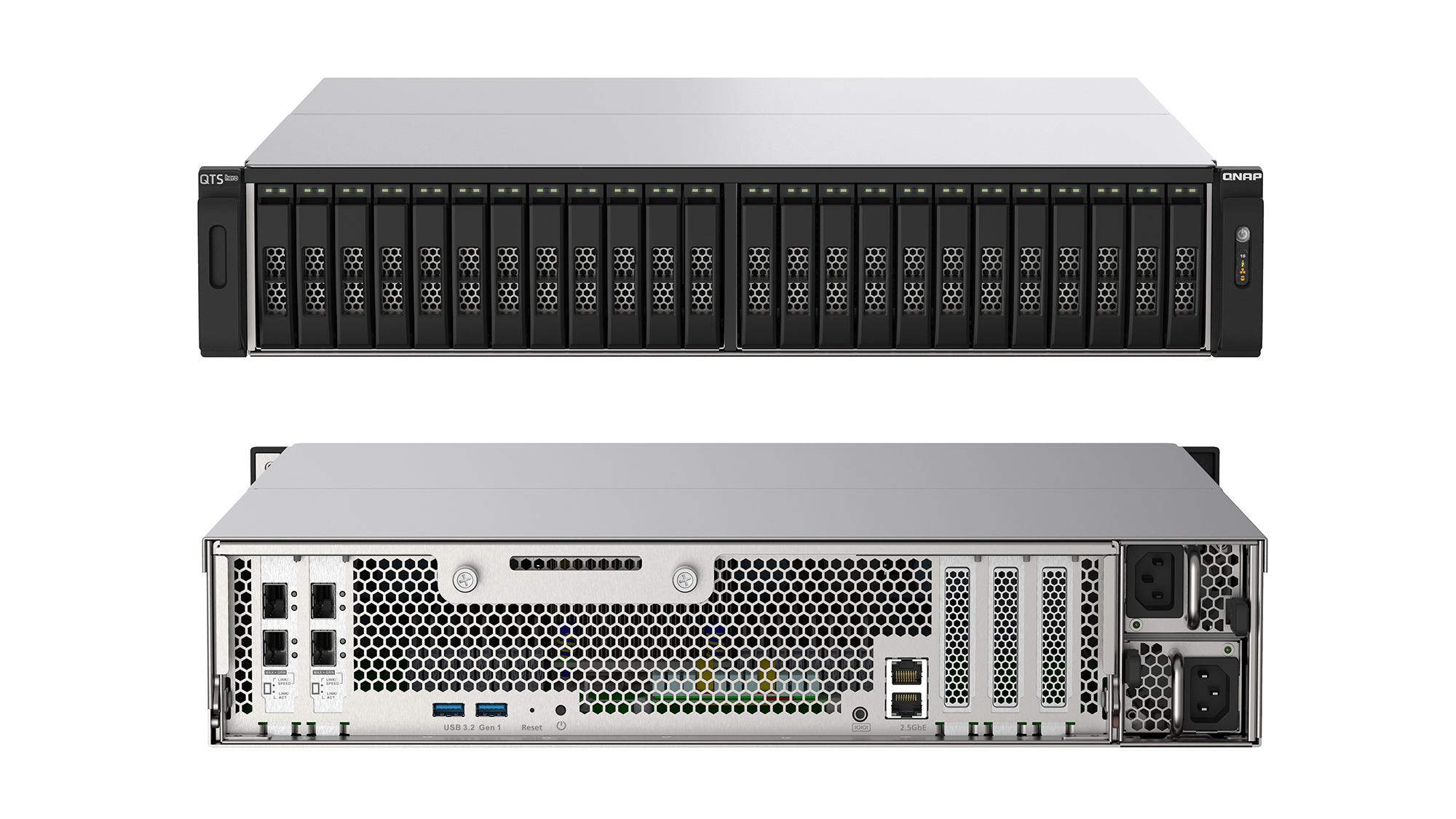
 Qnap TS-h2490FU QuTS hero edition review: Smash hit flash
Qnap TS-h2490FU QuTS hero edition review: Smash hit flashReviews A high-performance NVMe all-Flash array at an unbelievably low price
By Dave Mitchell
-
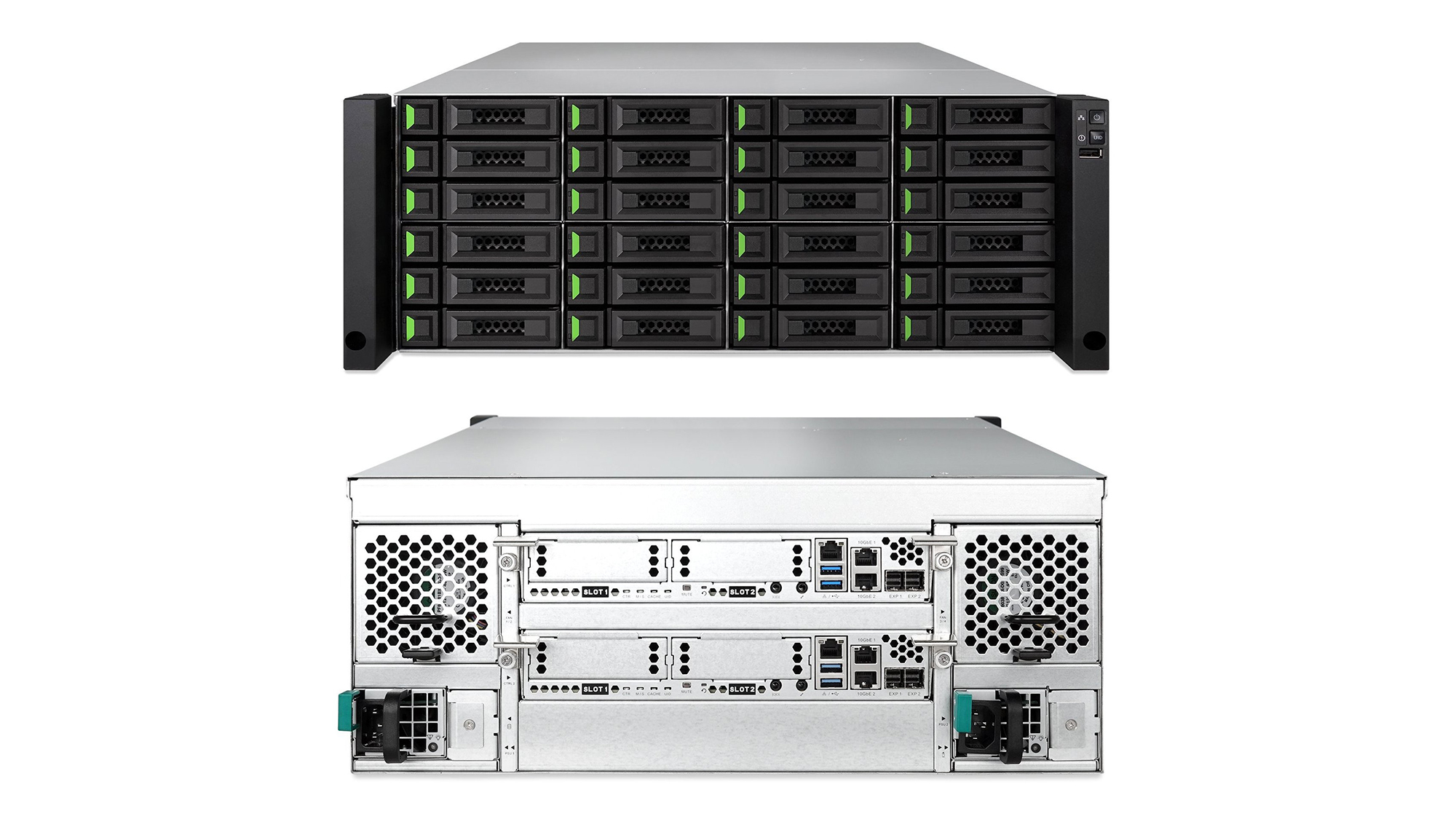 Qsan XCubeNXT XN8024D review: Nice try, but no cigar
Qsan XCubeNXT XN8024D review: Nice try, but no cigarReviews Qsan’s speedy NAS cluster provides automatic failover but no transparency
By Dave Mitchell
-
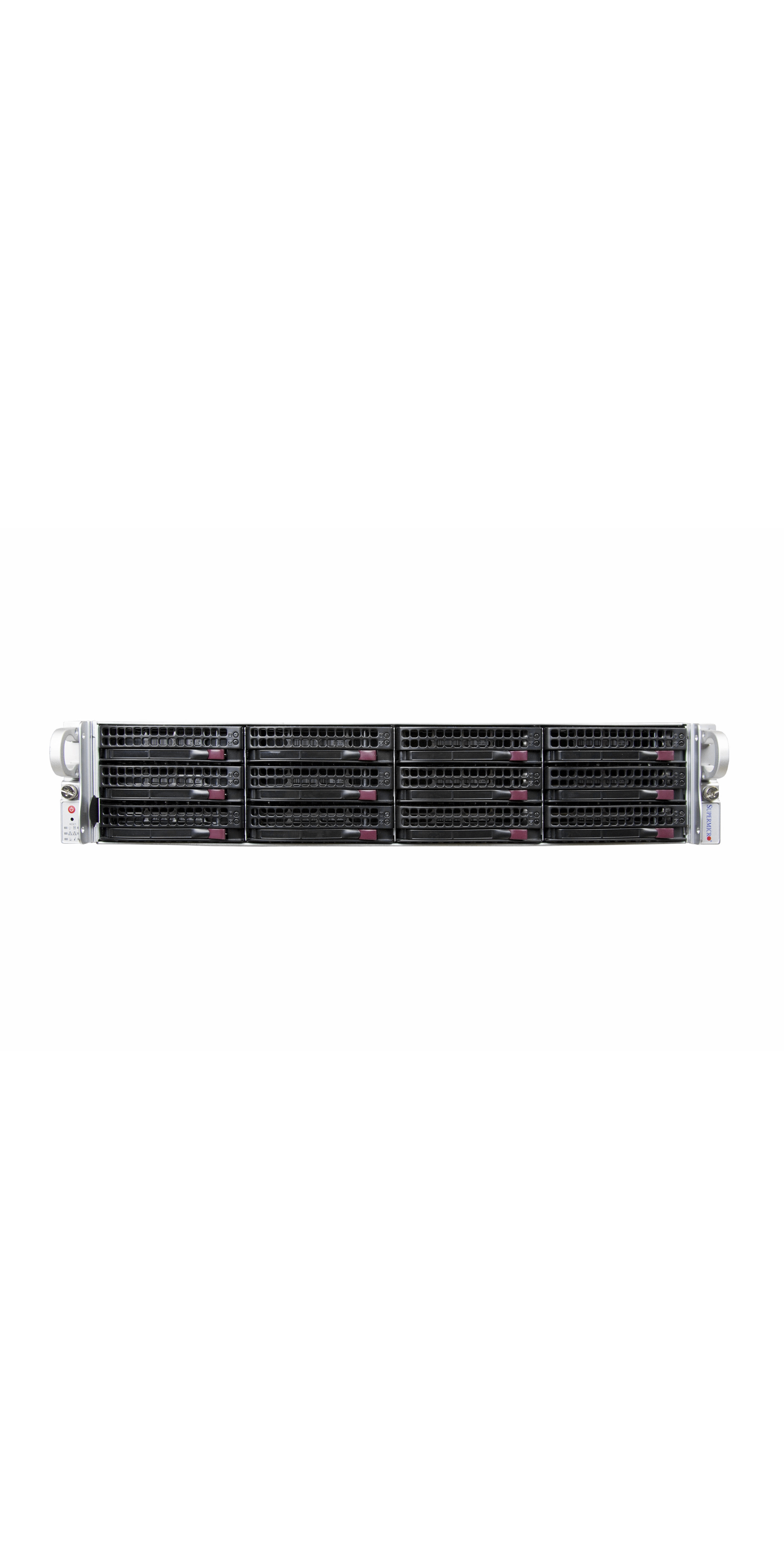
 Boston Igloo 2U-60T-STOR review
Boston Igloo 2U-60T-STOR reviewReviews Boston’s Igloo is a one very cool unified storage appliance
By Dave Mitchell
-
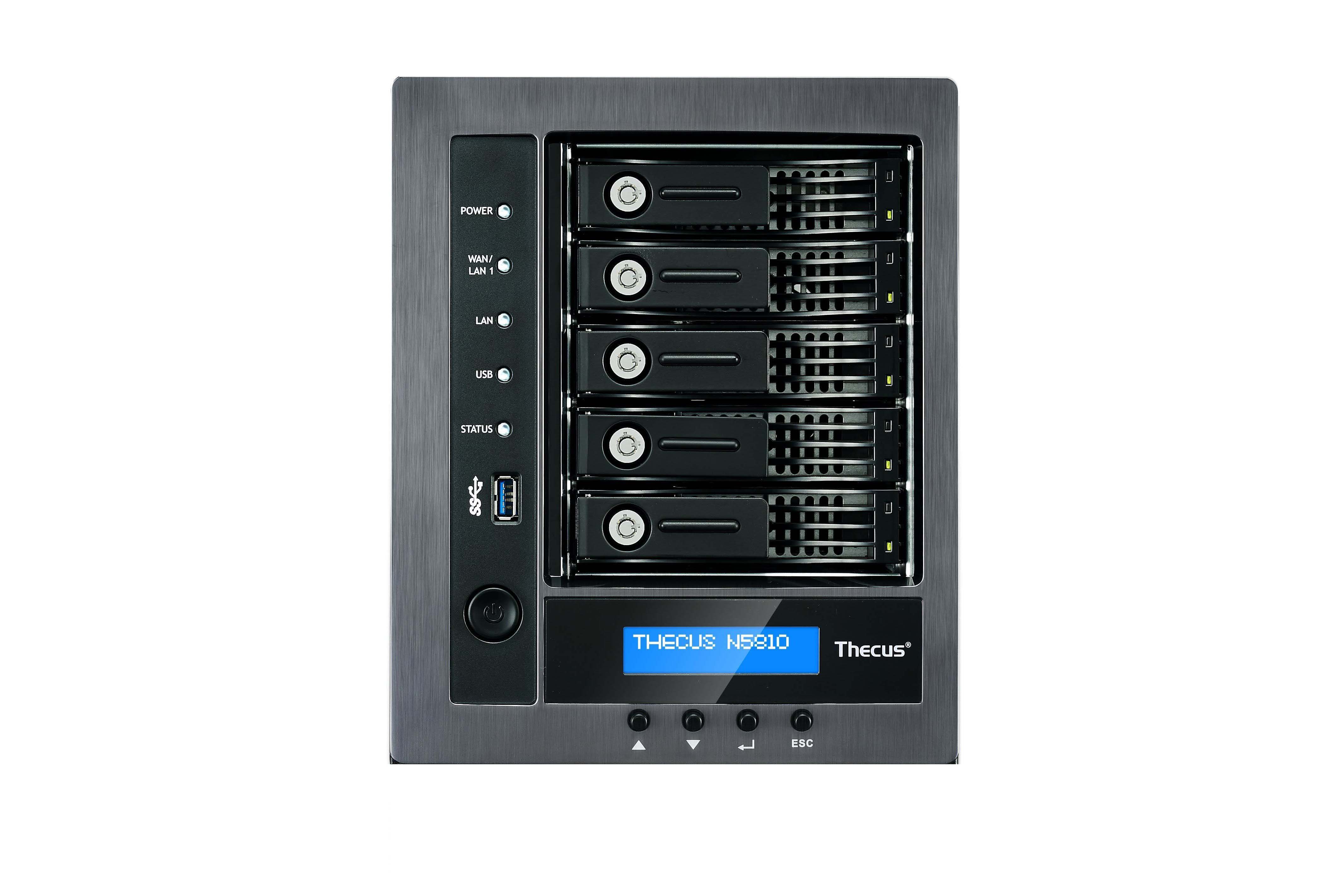 Thecus N5810 review
Thecus N5810 reviewReviews This affordable small business NAS has some growing pains
By Dave Mitchell
-
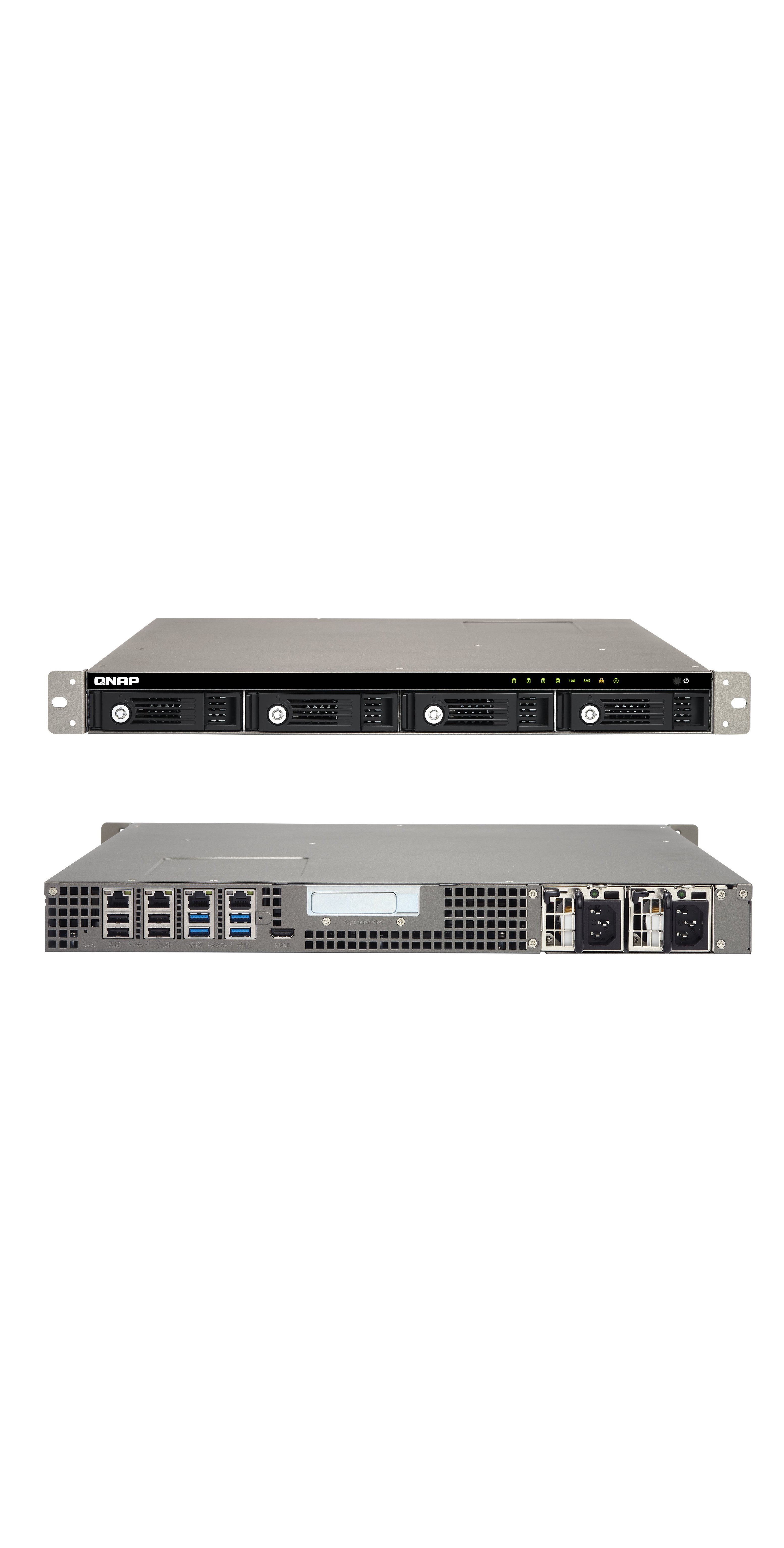 Qnap TVS-471U-RP-i3-4G review
Qnap TVS-471U-RP-i3-4G reviewReviews Qnap’s first 10GbE-ready 1U rack NAS can’t keep a cool head
By Dave Mitchell
-
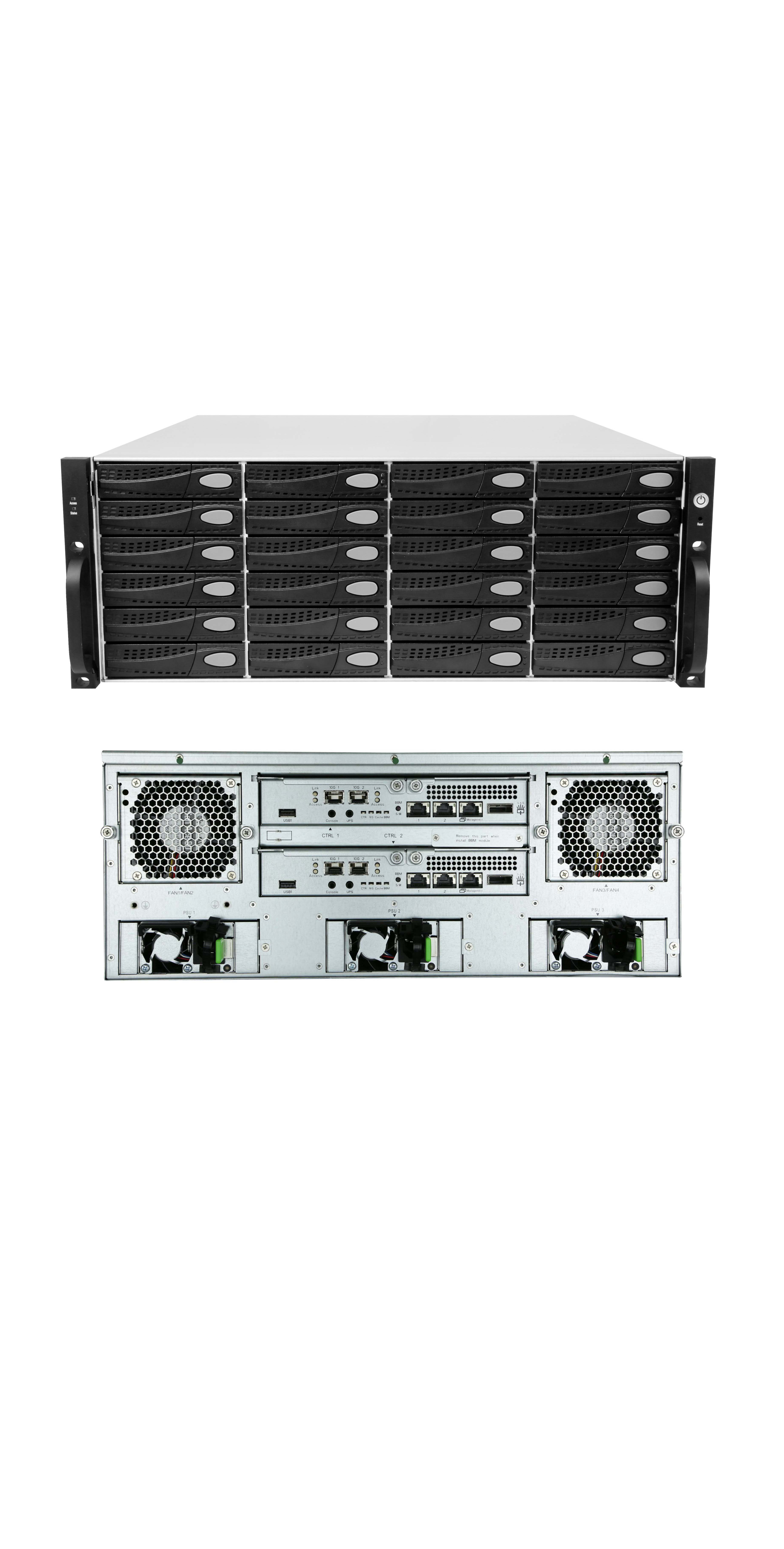
 Qsan AegisSAN Q500-P20-D424 review
Qsan AegisSAN Q500-P20-D424 reviewReviews An ideal IP SAN solution for SMBs with big growth plans for the future
By Dave Mitchell
-
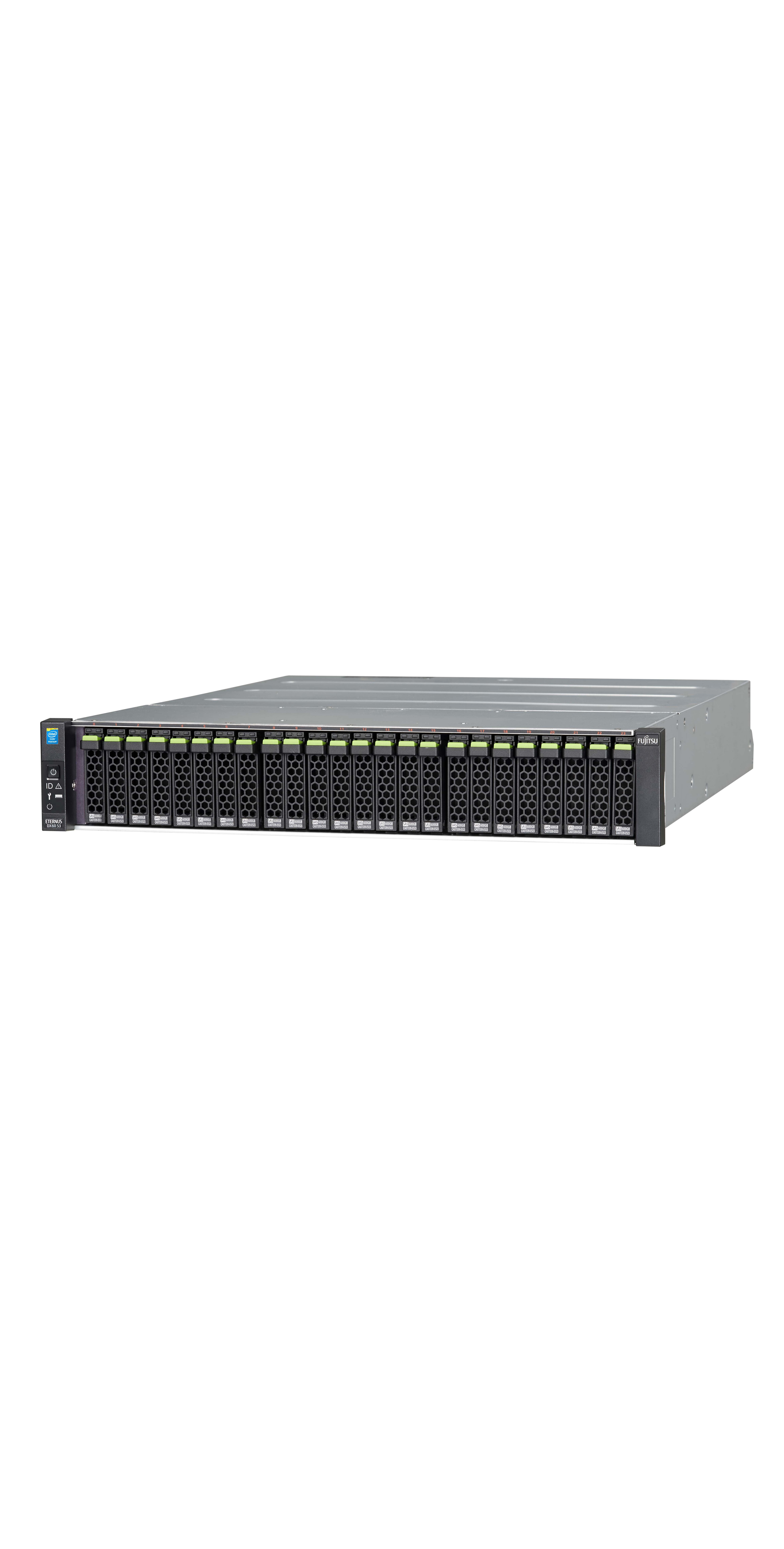 Fujitsu Storage Eternus DX60 S3 review
Fujitsu Storage Eternus DX60 S3 reviewReviews An affordable, feature-rich IP SAN array for SMBs but deployment presents a steep learning curve
By Dave Mitchell
-
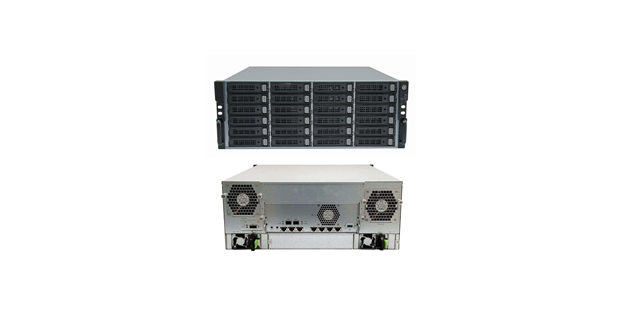
 Qsan TrioNAS LX U300-P20-C424 review
Qsan TrioNAS LX U300-P20-C424 reviewReviews Qsan unifies NAS and IP SAN storage services at a price SMBs will find very appealing
By Dave Mitchell